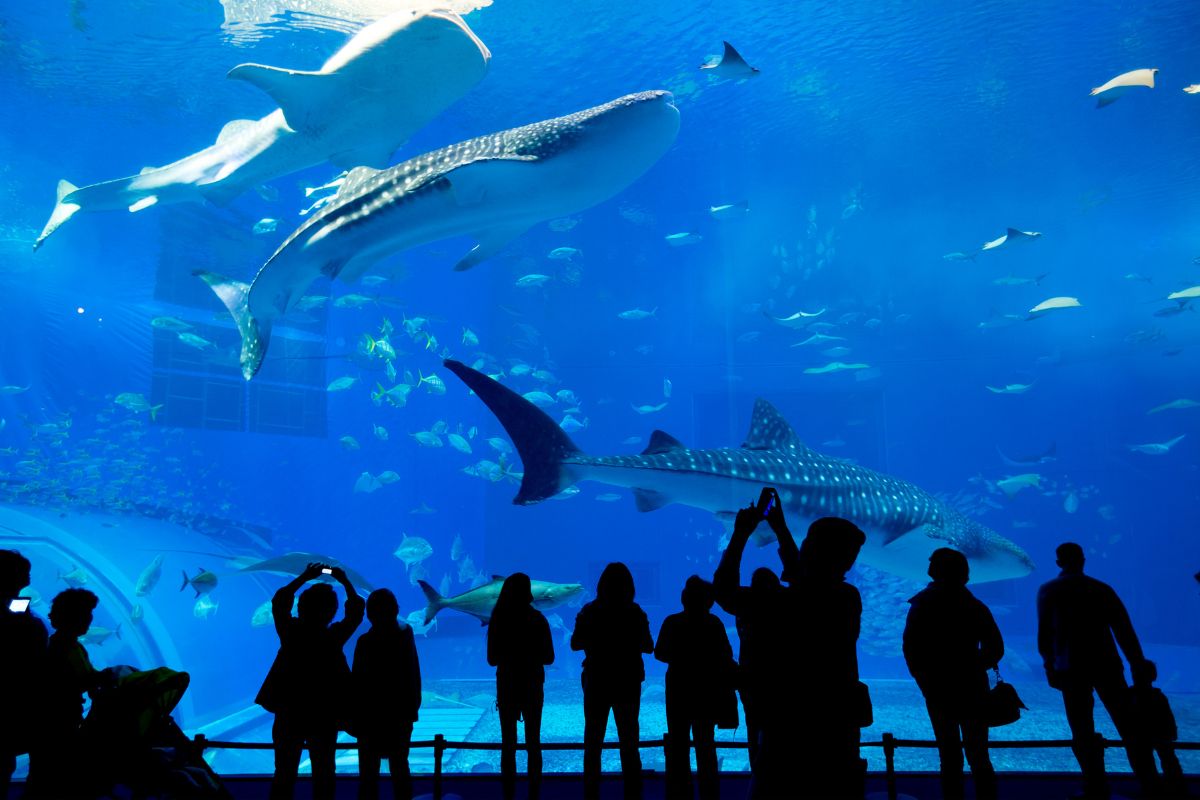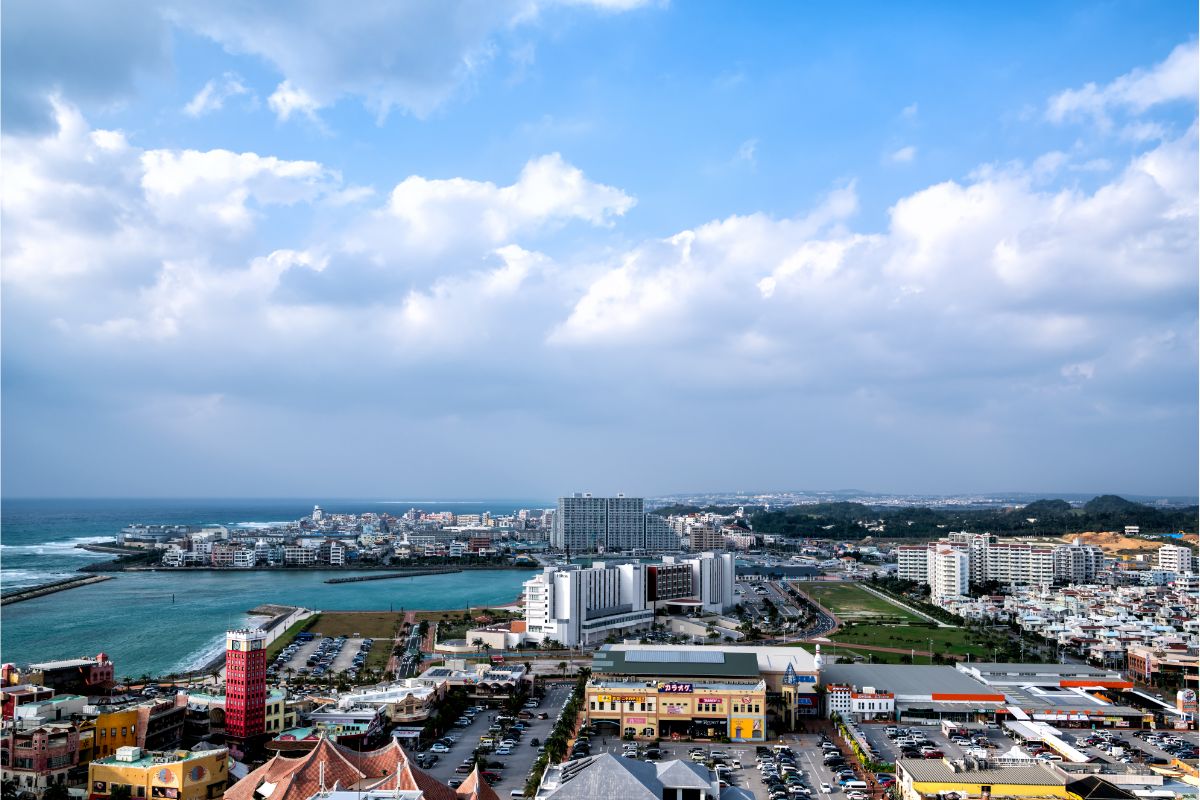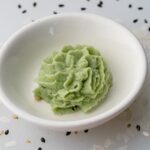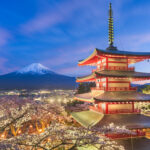If you are traveling to Japan in the summer, the heat might be something you are concerned about. As someone who is not used to heat and humidity, the thought of being caught in the middle of it will be daunting.
However, is the heat really something you should be worried about?

Visiting Okinawa, the answer to this question could be useful to know. You need to know how to prepare for the heat, and figure out if you should go at the hottest time of year at all.
Here, we will dive into the temperatures you can expect when visiting Okinawa. We will also compare temperatures and humidity levels to Tokyo, so you can get a better idea of what to expect on a visit.
How Hot Does It Get In Okinawa?
The highest temperatures that Okinawa typically sees is around 30°C (86°F). When you look at the higher temperatures seen on the other islands (Like the Tokyo area on Honshu), you will realize that Okinawa is pretty mild in comparison.
So, the highest temperatures you should expect is a comfortable 30°C, and the lowest being just 14°C! On a rare occasion, you might see temperatures rise slightly above or below this, but this is nothing to worry about.
Even these anomalies are minor, with a maximum temperature of around 31.8°C in the summer.
That’s right – winter in Okinawa is mild and very pleasant. Don’t expect to go snowboarding in January if you visit this spot unless you can score some man made slopes.
Which Months Are Hottest In Okinawa?
Now that you know how hot it can get in Okinawa, you are probably wondering when to expect these kinds of temperatures.
Well, the hottest months are July and August, with average temperatures between 28.9°C and 29.2°C. September is still hot, but things start to go down after August.
If you are curious about the average, low, and maximum temperatures across the year, take a look at this helpful table below:
| Jan | Feb | Mar | April | May | June | July | Aug | Sept | Oct | Nov | Dec | |
| Max Temp (°C) | 20.7 | 22.7 | 22.4 | 24.9 | 27 | 29 | 31.5 | 31.8 | 30.7 | 28.6 | 25.6 | 22.6 |
| Avg. Temp (°C) | 18.1 | 20 | 19.9 | 22.3 | 24.2 | 26.5 | 28.9 | 29.2 | 28 | 26 | 23.1 | 20 |
| Min Temp (°C) | 15.8 | 17.7 | 17.5 | 20.2 | 21.9 | 24.4 | 26.8 | 27.3 | 26.1 | 24.2 | 21 | 17.8 |
For perspective, the average temperatures in Tokyo are vastly different, with much colder winters that can reach 3°C. The hottest temperatures in Tokyo are not too different from Okinawa, however, with the maximum temperatures reaching 30°C.
This might be something to bear in mind if you have been to Tokyo but not Okinawa yet! The summer temperatures will be similar, but winter can be a very different experience depending on which island you are on.
So, bear this in mind if you want to visit either location.
Is Okinawa Humid?
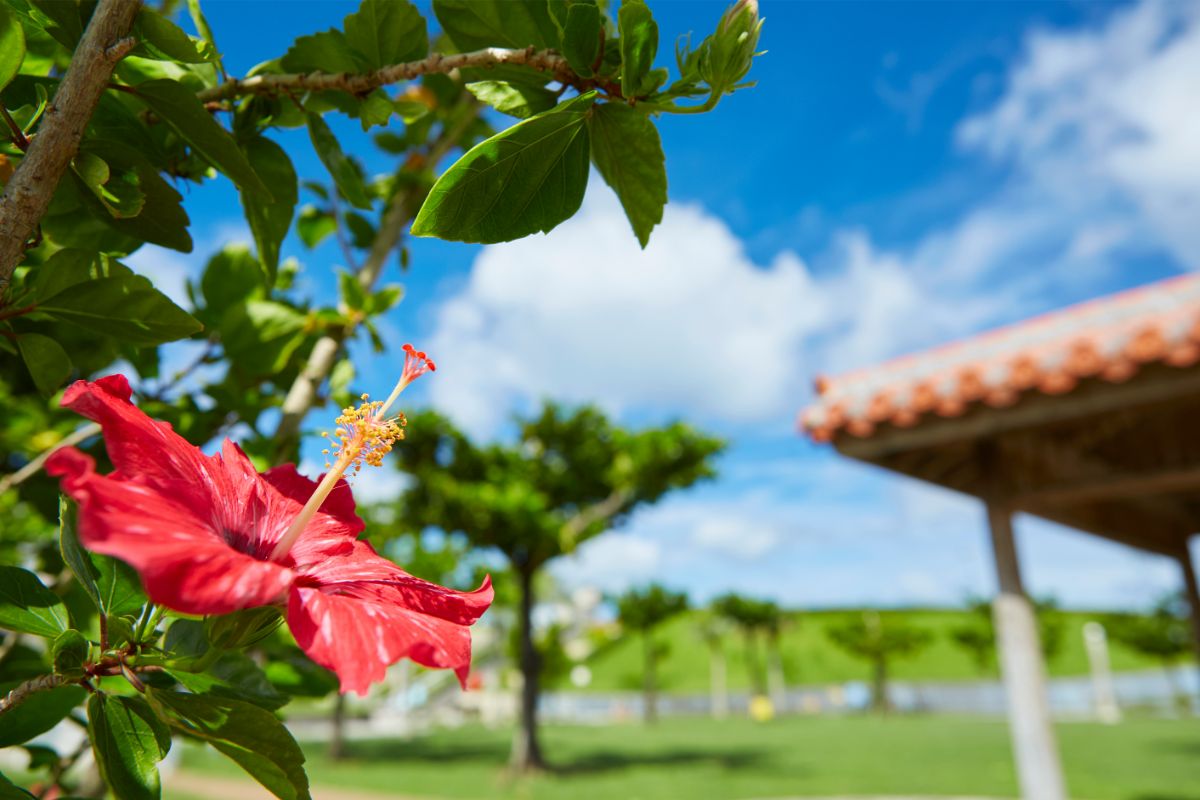
Humidity refers to the dew point, which then determines if perspiration (sweat) will evaporate on the skin. When this happens, we get cooled down in hot temperatures – which is exactly what we want.
In order for perspiration to evaporate from our skin, the humidity levels need to be low enough for the liquid to turn into a gas and be absorbed into the air. As such, low humidity levels are preferable.
Okinawa is a relatively humid island, with humidity levels between 70% and 80% most of the time. However, the levels of humidity do vary a lot across the year. In the summer, high levels of humidity are expected, and in the winter low levels.
Unlike temperatures, humidity changes much slower. So, where you might have a very hot day in Okinawa, and then a cool night, a humid day will likely last the whole day and night. This can make it very unpleasant to deal with.
Levels of severity can be used when describing humidity levels. These include dry, comfortable, humid, muggy, oppressive, and miserable (as seen on weatherspark).
In the months between December and March, humidity levels are mostly dry or comfortable, with a rare humid or muggy period in between.
However, from late March to May, levels are increasingly higher, with more muggy and oppressive levels. As the seasons continue into summer, there are very few days when humidity levels are not oppressive or miserable.
Unfortunately, most summer days have miserable humidity levels. These slowly go back down to progressive and muggy as fall sets in, and we see the same pattern.
Take a look at this useful table to see how many average muggy days there are in each of the months in Okinawa:
| Jan | Feb | Mar | April | May | Jun | July | Aug | Sept | Oct | Nov | Dec | |
| Avg. Number of muggy days (days) | 1.2 | 2.3 | 6.8 | 12.5 | 22.5 | 28.8 | 31.0 | 31.0 | 28.2 | 20.7 | 10.2 | 2.9 |
For perspective, the average recommended humidity levels in most areas is somewhere between 30–50%. So, as you can see, the humidity that Okinawa has to offer is no joke.
Compared to Tokyo, which has fewer muggy days throughout the year, Okinawa might be difficult to deal with in the summer. Working on the same dry, comfortable, humid, oppressive, and miserable humidity levels, we can compare the two locations.
Here are the number of muggy days you can expect in Tokyo. Just look at the differences, and you will see that Okinawa humidity is not something to take lightly!
| Jan | Feb | Mar | April | May | Jun | July | Aug | Sept | Oct | Nov | Dec | |
| Avg. Number of muggy days (days) | 0.0 | 0.0 | 0.0 | 0.2 | 1.2 | 10.3 | 24.6 | 27.4 | 14.9 | 1.8 | 0.0 | 0.0 |
If humidity is something that bothers you, you would have a better chance spending the summers in Tokyo and visiting Okinawa during the winter or spring. Luckily, all seasons are spectacular in Okinawa!
Final Thoughts
Okinawa has summer temperatures between 28.9°C and 29.2°C, and winter temperatures between 14 and 21°C. These winter temperatures are comparably warm to other locations like Tokyo, but there is little difference between the summer temperatures.
One of the most notable things about Okinawa is the humidity. There, it is normal for levels to be between 70–80% most of the year.
During the summer, Okinawa experiences an extortionate number of miserable days of humidity, especially between July and August.
Other seasons in Okinawa are generally comfortable or humid, but nothing as bad as the summer. As such, this is definitely something to bear in mind if you would like to visit Okinawa during the summer.
It could be very difficult to deal with and manage if you are not used to these high levels.
Because of this, it is crucial for you to wear the appropriate clothing, while still ensuring that they are suitable for the place you are.
- 16 Best Websites To Watch Japanese Movies With English Subtitles - May 11, 2023
- Is ZIPAIR The Best Airline For Traveling To Japan? - May 11, 2023
- Ryu Murakami Vs Haruki Murakami – Which One Should You Read? - May 11, 2023




